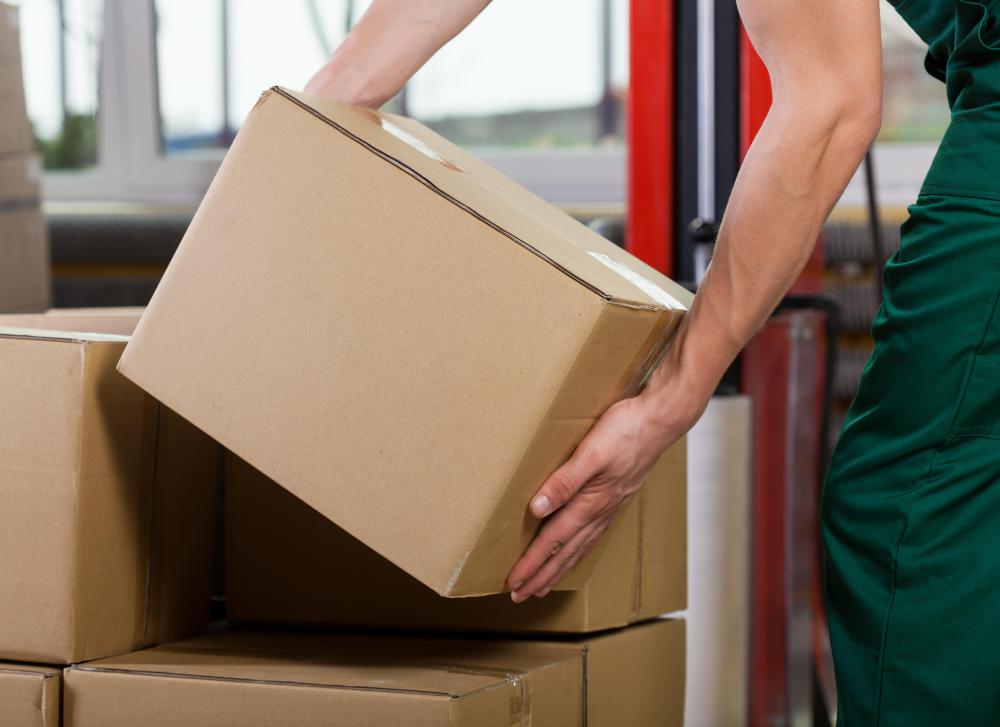At SmartCapitalMind, we're committed to delivering accurate, trustworthy information. Our expert-authored content is rigorously fact-checked and sourced from credible authorities. Discover how we uphold the highest standards in providing you with reliable knowledge.
What is Green Logistics?
Green logistics is a form of logistics which is calculated to be environmentally and often socially friendly in addition to economically functional. As early as the 1980s, several companies were concerned with developing green logistics, and interest in the concept soared with increased consumer concerns about how products were manufactured and delivered in the early 21st century. Many modern companies pride themselves on their environmentally friendly policies and practices, and companies which are interested in adopting green logistics can utilize the services of logistics consultants who specialize in helping companies convert, reform, and streamline their existing logistics systems.
Logistics involves the movement of products from every step between raw materials and end consumer of a finished product. One of the key focuses of logistics is delivering a product which will satisfy consumers at the lowest possible cost, and a variety of creative measures can be used to cut costs and reduce overall costs. Supply chain management, warehousing, retailing, manufacturing, and safety inspections are all a part of logistics.

In the case of green logistics, all of the issues which pertain to regular logistics still apply, with the added factor of environmental friendliness. Sometimes, making products environmentally friendly also happens to play into economic concerns. For example, a beverage manufacturer could reduce the use of plastics by making thinner bottles, thereby cutting down on shipping costs. In other instances, making a product environmentally friendly may cost more, causing it to come into conflict with traditional logistics.

Social issues may also be considered, because consumers are sometimes concerned about the social impact of a product. For example, if a cut flower company grows flowers organically but underpays its workers and refuses to allow them to unionize, consumers might boycott the company even though the manufacturing process is “green.” Companies may actively promote worker and community welfare to emphasize that they believe in community responsibility as well as environmental responsibility, so that their products are more appealing to consumers.
Every stage of product manufacturing and delivering can benefit from green logistics, from developing better methods to extract raw materials to reducing packaging on products when they are prepared for delivery. Consumers are sometimes willing to pay more for products bearing labeling which indicates that the parent company practiced environmental and social responsibility when making the product, which makes green logistics appealing from a business standpoint as well as an ethical one.
Some examples of green logistics include: shipping products together, rather than in smaller batches; using alternative fuel vehicles for manufacturing and shipping; reducing overall packaging; utilizing raw products which are harvested in a sustainable way; building facilities for manufacturing and storage which are environmentally friendly; and promoting recycling and reuse programs.
AS FEATURED ON:
AS FEATURED ON:












Discussion Comments
@dbuckley212
It is indeed sad to see these kinds of systems, but it is also encouraging to see the advancements that are being made in every area concerning global awareness of the environment and our effects on future generations.
Businesses and manufacturing firms have been dumping toxins into third world environments for too long. Polluted water and air has caused unnecessary damage to animals and to the poor in large money making environment-destroying machines.
Fair trade coffee is a method to ensure that you are supporting fair and environmentally friendly manufacturing techniques. It is good that humanity is finally starting to see the big picture of our own negative effect on the world and carbon footprints. As we learn to think collectively, it is to be hoped that we will grow closer together as a species and bridge cultural gaps for the sake of saving the planet.
Post your comments